Interview with Daniele Cantoni by Cristina Sarto
A Custom-made Spa
From Area Benessere Magazine Issue N. 1
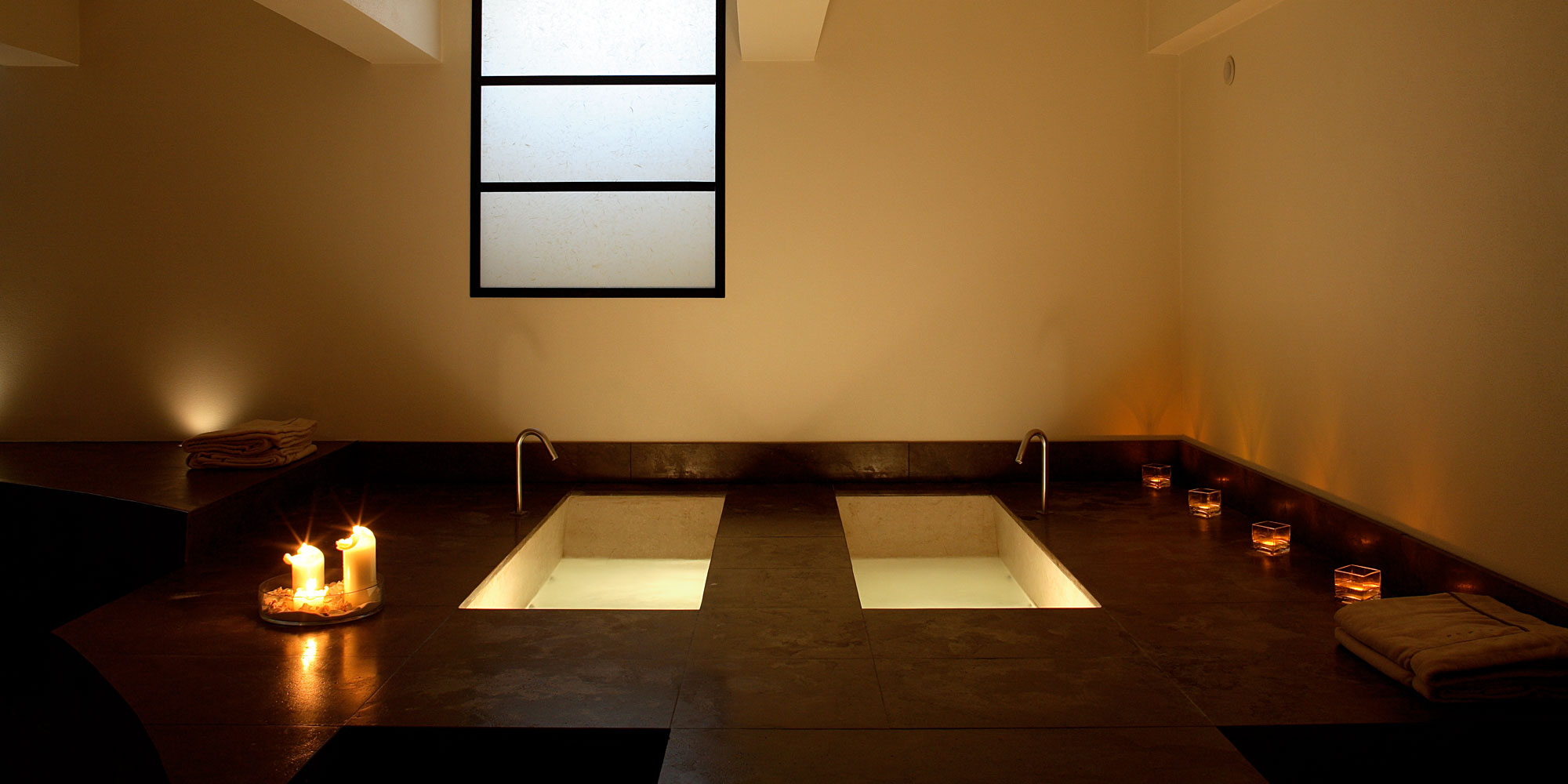
You can call it a wellness center, a spa or a relaxation area. And you can keep considering it a perk.
But it’s a good idea to remember that a hotel that has installed a facility like this will be able to increase its rates by three to twelve percent. And don’t be fooled… within five years, it will become a must in all facilities that offer accomodations. From the chalet nestled in the shadow of the Dolomites (where the installation of wellness areas has already been a fact of life for several years now) to the vacation resort along the coast. “It’s a sort of natural evolution, a bit like the private bathroom in the hotel room. In the 70s it was considered a plus in Italian hotels, but now it’s taken for granted. It was the same with the television, the mini-bar and even the swimming pool”. These are the words of Daniele Cantoni, who boasts twenty years of experience in the cosmetic, beauty and wellness fields. This is a sector in which Italy is slowly developing its own niche and our expert is undoubtedly one of the leaders.
What is a person who wants “wellness” looking for today?
They’re no longer looking for low calorie diets or exhausting workouts, but to be pampered. Let’s take a “day spa” for example. The customer doesn’t go there to suffer and get back in shape, but to offer a relaxing shiatsu massage to one of his business clients or to choose from a selection of the best chocolates in the world.
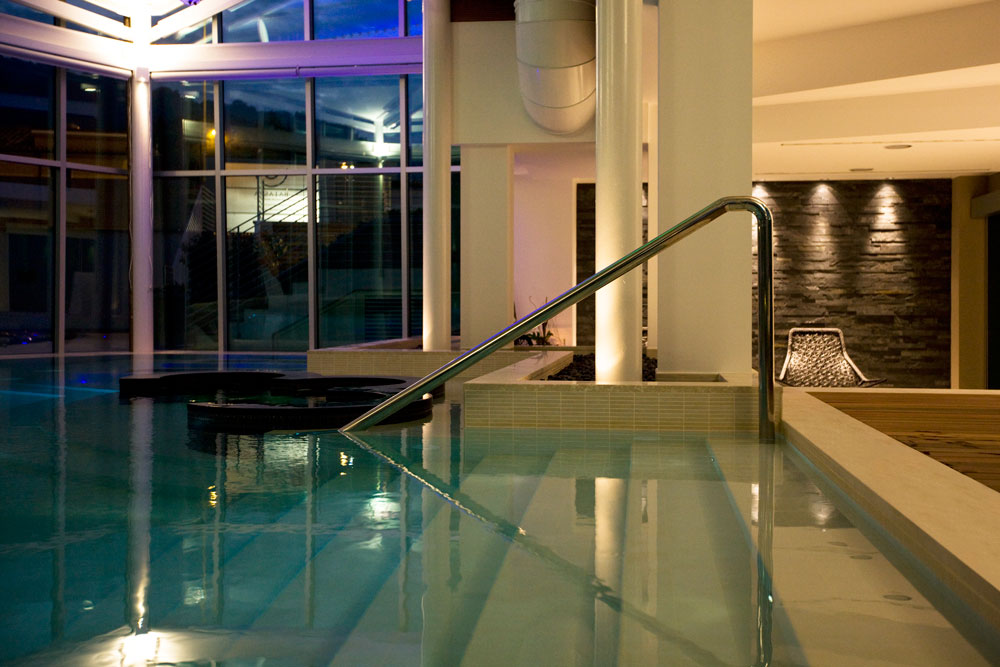
Are there any situations in which a wellness area cannot possibly be successful?
No, not if certain conditions are respected. The first is that the project must be studied inside and out, considering all of the variables. At the moment, I’m working to create a wellness area in a hotel near an airport. Starting out with the assumption that 80% of the clientele will be somehow connected to air travel, I’m analyzing what is necessary to offer a sense of wellness to this type of target group. What kinds of treatments will help them get over jet lag? Which are useful to reduce swelling in the legs, etc.?
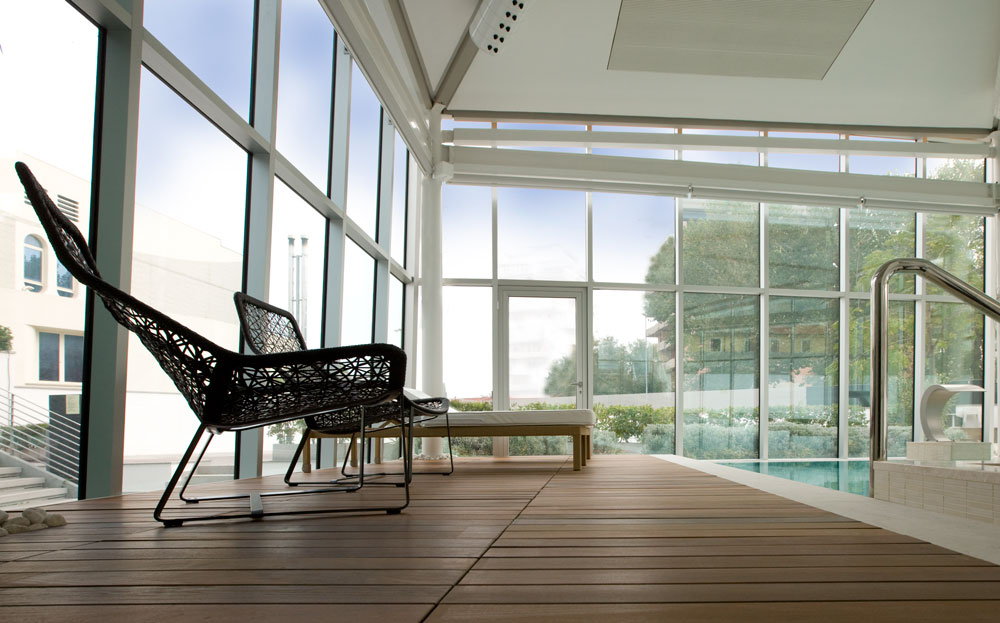
And the second condition?
Not making the mistake of building a facility and then deciding afterwards what your objectives are. For example, you can’t build a standard wellness facility and then try to target business managers. You have to plan rooms with two beds for massages or two whirlpools, so that the businessman can take advantage of that relaxing time to talk to one of his clients. The distance between the two whirlpool tubs must be carefully studied. If they are too far apart, it will be difficult for the two to talk, but if they are too close together, you violate the privacy of two people whose relationship is essentially work-related. It’s an enormous mistake to have a facility built before establishing your objectives, as it will likely feel sterile and have no character of its own.
Steam rooms, gyms, swimming pools, beauty areas, relaxation rooms, children’s areas – wellness is a puzzle made up of many pieces. What should a business person concentrate on to make his or her center work?
This is also a subjective choice, that varies from situation to situation, although there are a few elements that are becoming indispensable. The lounge area, for example, for socializing while listening to music. Or the relaxation room, the area where the customer, following his baths and treatments, realizes how much he has enjoyed himself and decides that he will come back. But apart from the different areas, it’s important to have a director who gives personality to the center and is a reference point for the clientele.
For this precise reason, I don’t recommend having wellness centers built and then run by outside companies. Just as one would never think of hiring an outside catering company to run his hotel restaurant’s kitchen, a wellness center should be coordinated by someone who works in the hotel. If a wellness area is “separate” from the hotel and is not in synergy with the rest of the environment, the clients will sense that. There should always be a common thread, an atmosphere of oneness, as if all the employees smiled in the same way. Let’s not forget that wellness is a global value. Even minor details that are out of place have an effect on the client’s perception of quality.
When a hotel owner asks you to create a wellness area, what’s your first step?
I figure out what the client’s objective is, which can differ greatly from one situation to the next. One hotel might need to increase its business during high season, another might need to have more business out of season and yet another might need new clients altogether. This is the case, for example, with those hotels that lived principally on American tourism. To make up for the decrease in American tourists, they have had to appeal to another type of market. Drawing up a project for a wellness area is a bit like making a custom-made dress. The first step is to evaluate what the client really needs – the mission, yes, but also the the geographic location, the customer’s needs, the competition. It’s not enough to just build. The average construction company builds about 50 wellness center per year. How can they also have time to analyze the needs of the client? How can they estimate how much energy the center will consume or recommend the best hours for business?
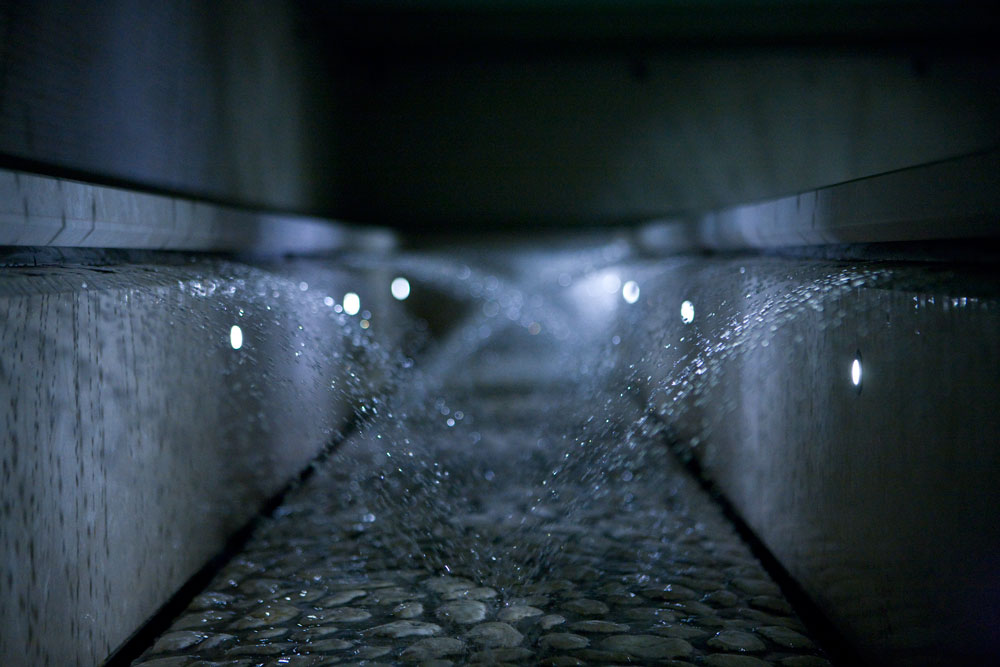
What will the wellness centers of the future be like?
First of all, they will be more spacious. The use of space is one of the determining factors in wellness. We live in a world where even the smallest spaces are exploited down to the last centimeter and this causes us to suffer. For this reason, a person must never feel cramped in a wellness area. He or she must feel free and able to breathe. In order to respect this principle, very precise limits should be placed upon the number of people who can enter each single area at a time. Of course, you must allow enough people in to at least reach the break-even point, but you should be careful not to infringe upon their need to feel that they have enough space.
Secondly, they will be run by fewer employees. Today there is an average of about 3 technicians per client in these facilities, but this proportion will eventually be inverted. This is because the areas will become more and more functional. The client should feel that he is being “taken by the hand” without noticing the presence of too many employees. This will also be possible thanks to certain equipment that enables a sense of wellness to be communicated without constant personnel supervision. From a managerial point of view, this means higher earnings and fewer expenses.
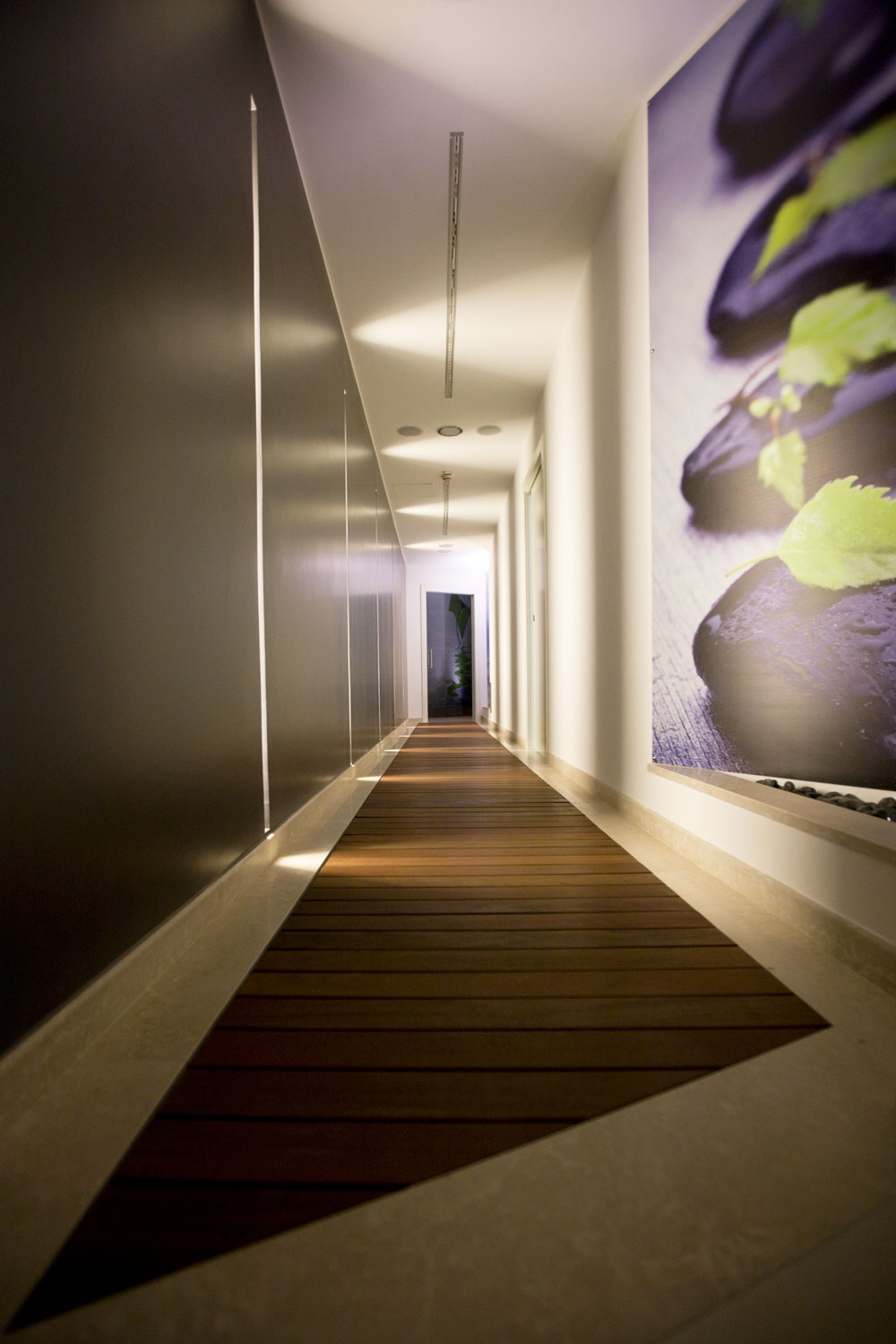
And then?
Much more attention will be given to selecting natural solutions and construction materials. An example? The use of light. In the centers that I create, we study the lighting situation so as to make the sun’s rays shine by way of refraction into the turkish bath, as they did in such facilities long ago. Artificial light, which is reduced to a minimum, is always under water. As it is, we live in contact with electric contamination and acoustic and electromagnetic pollution from morning to night. In order to feel better, our organism needs natural things. The client immediately senses this line of thinking. Many people have already begun to distinguish the difference between a beauty treatment center and a true wellness center. Perfect examples of this are the resort rooms in Indonesia where there is a total absence of modern technology or in the outdoor baths in the spas in the Maldives.


